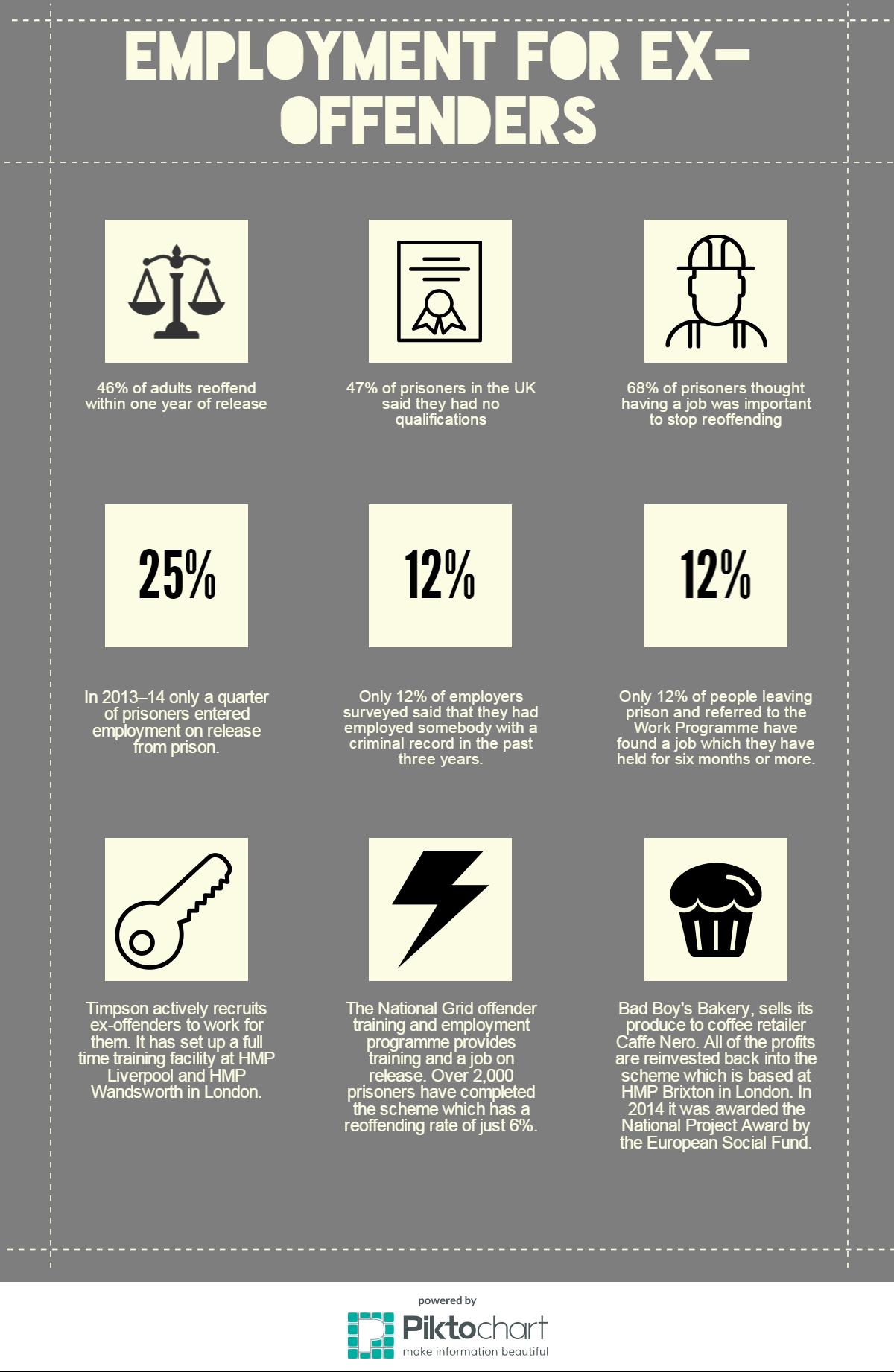
By Hollie Wilson
At the start of 2020, an independent review was published setting out what needed to be done to bring about changes to the care system for children and young people in Scotland. At the heart of the review is “The Promise” to look after Scotland’s most vulnerable children. It is a promise:
- to give children a voice in decision-making about their care;
- to support families and help them overcome difficulties;
- to offer children a loving home, where possible with their brothers and sisters;
- to support children in developing relationships in the community; and
- to support children and their families within a helpful, accountable and responsive system.
For children, families and social workers in rural areas, keeping The Promise presents particular opportunities and challenges. This was the focus of a recent webinar hosted by Iriss, a charity that works with people, workers and organisations in social work and social care to help them use knowledge and innovation to make positive change happen.
Although the webinar focused primarily on care staff in rural areas of Scotland, it became clear that there are common issues that apply across Scotland.
The Promise
Opening the discussion, Brian Houston, Head of Support at The Promise Scotland, and a former social worker in children’s services, gave an overview of the Promise. He noted that The Promise was published in February 2020, only one month before the COVID-19 pandemic began in the UK. This disrupted the process of introducing The Promise, and its effects are still being felt today.
Brian stressed the importance of supporting social workers in rural areas, particularly because of the emotional labour involved in supporting children and their families. In addition, people working in rural areas were more likely to feel isolated and vulnerable, which could affect their relationships with the families relying on their help.
Unique challenges to rural areas
Mandy Sheridan, Service Improvement Officer with Argyll and Bute Health and Social Care Partnership highlighted some of the unique issues and challenges facing rural areas. Even issues facing all parts of the country, such as recruiting and retaining staff, can have very different impacts in rural areas.
Because of recruitment and retention difficulties in rural areas, it can be hard to provide responsive and timely support. For many islands and rural areas, there may not be a permanent police or social work presence. It can be difficult to choose the social workers who would work best with each family if teams are small or lack training in certain areas due to lack of resources. In turn, that can lead to a lack of trust from families if they feel social workers cannot respond to their situation or circumstances.
Stigma and privacy
Another issue highlighted was the stigma associated with needing a social worker. This can be present anywhere, but can be more pronounced in rural areas where the communities are much smaller and there is a lack of privacy. Social workers travelling into the area at specific times or seeing the same people, can bring unwanted attention to families or individuals.
And because in rural areas social workers are often living in the same communities they are working in this can raise difficulties in relation to boundaries and enabling social workers to have a separate life away from their work. Even so, some personal experiences raised in the webinar highlighted the positive side of this. For example, having the opportunity to create relationships with families over time, – and in a closer way than might be possible in a large city – could foster better outcomes and support.
Care for everyone
Other issues Mandy raised applied to both rural and urban areas of Scotland, such as delivering social work that is accessible and equal to each child or young person and their families. Care has to be flexible in order to adapt to the needs of different families and situations, while still providing a high-standard of work and engagement. A lack of resources can hinder that ability, and one of the goals of The Promise is to address these resource issues.
The webinar also underlined that long-term change takes time, and that Scotland must be patient if it wants to meet each of the aims of The Promise effectively, and create long-lasting systemic change in care and social work that can continue on for the following generations.
Final thoughts
The webinar provided an insight into the work of social workers, particularly in rural areas of the country, identifying some of the unique challenges which are perhaps not as clearly understood as those in urban areas. The COVID-19 pandemic was identified as a barrier towards achieving The Promise over the last few years, but as the country moves forward, there will hopefully be more steps taken to supporting families and children to the level that Scotland is promising.
Image: Photo by Annie Spratt on Unsplash









You must be logged in to post a comment.